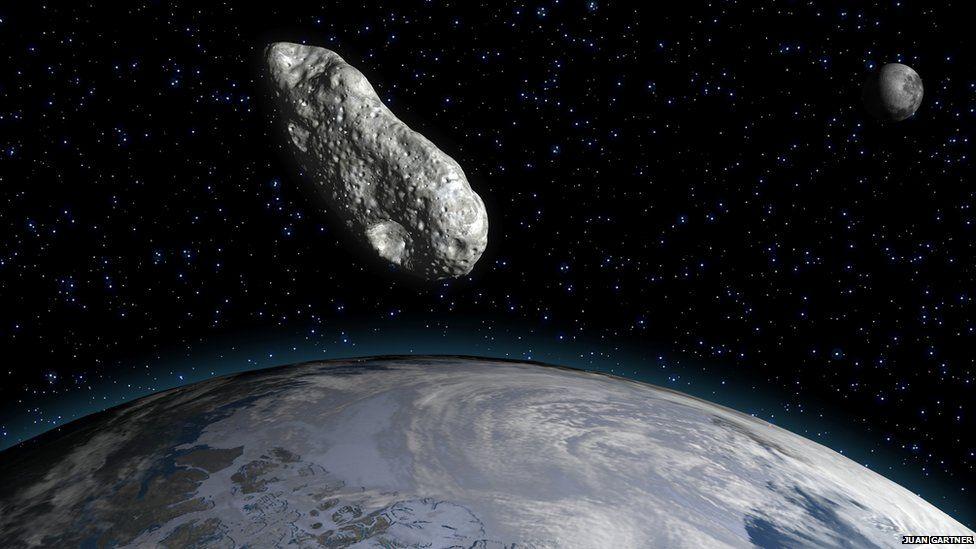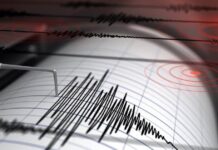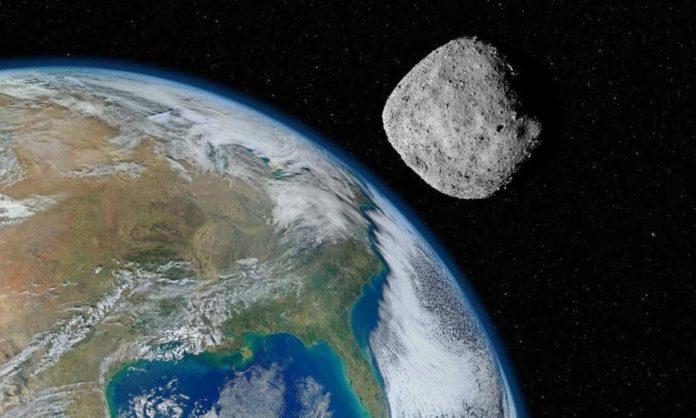Is the world ending? Is Doom’s Day nearer than we think? Aliens? Celestial powers? None of these are true except that an asteroid might come really close to Earth, more than humans would like. 2006 HV5, a massive space rock, is set to pass by Earth at the speed of approximately 39,000 mph and measures about 1,000 feet in diameter.
This sums up the asteroid up to the height of the Eiffel Tower. But all of you can now relax because NASA said that a “potentially hazardous” asteroid that spans the length of the Eiffel Tower will shoot past Earth this week. However, the enormous space rock will sail safely past our planet so all should be good.

The Asteroid
At approximately midnight EDT, the asteroid, 2006 HV5 made its closest approach to Earth, as confirmed by the Center for Near Earth Object Studies (CNEOS) at NASA’s Jet Propulsion Laboratory in Pasadena, California. The asteroid was located at a distance of approximately 1.5 million miles (2.4 million kilometers) from Earth, which is more than six times the distance between Earth and the moon.
CNEOS estimates that the diameter of 2006 HV5 measures around 1,007 feet (307 meters), with a margin of error of 249 feet (76 m). To put that into perspective and make it simpler for everyone to understand, the iconic Eiffel Tower in Paris stands tall at a height of 1,082 feet (330 m). It’s crazy to fathom the sheer size of this asteroid, which would tower over some of the world’s most famous landmarks if it were to land on Earth. Nonetheless, we can relax knowing that the asteroid remains at a safe distance from our planet.
It takes the asteroid roughly 282 days to complete a full orbit around the sun, which is pretty impressive considering its massive size.
What If It Did Hit Earth?
Despite the potentially catastrophic consequences if an asteroid of this size were to collide with Earth, NASA is now feeling more assured that they can deflect a dangerous space rock from its path. Thanks to the successful Double Asteroid Redirection Test (DART) mission, which involved smashing a spacecraft into an asteroid in September of 2022. But even if one of these enormous space rocks were headed straight for our planet, we can rest assured that NASA has the technology and the means to avert a potential disaster.
What do you think about this asteroid? Let us know in the comments below.
Stay tuned to Brandsynario for more news and updates.












































